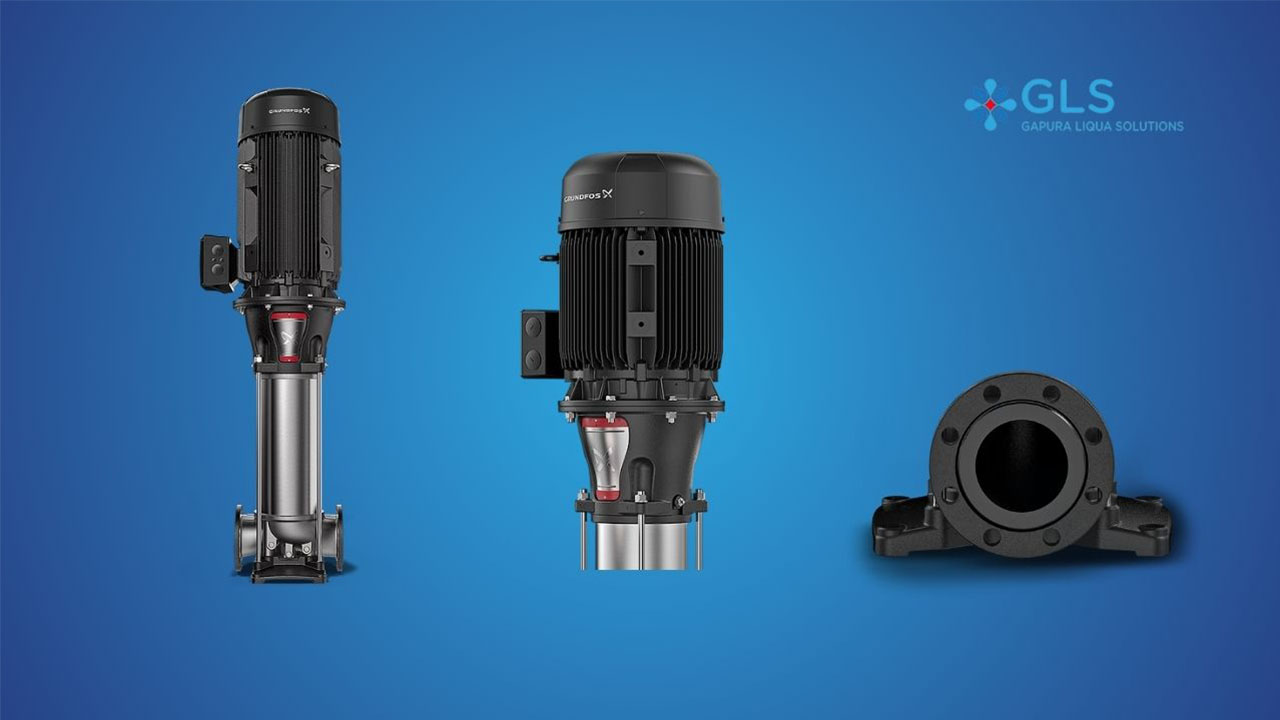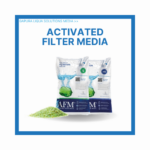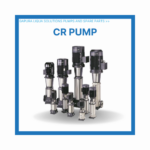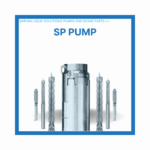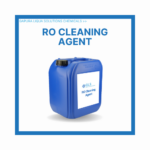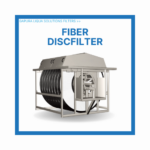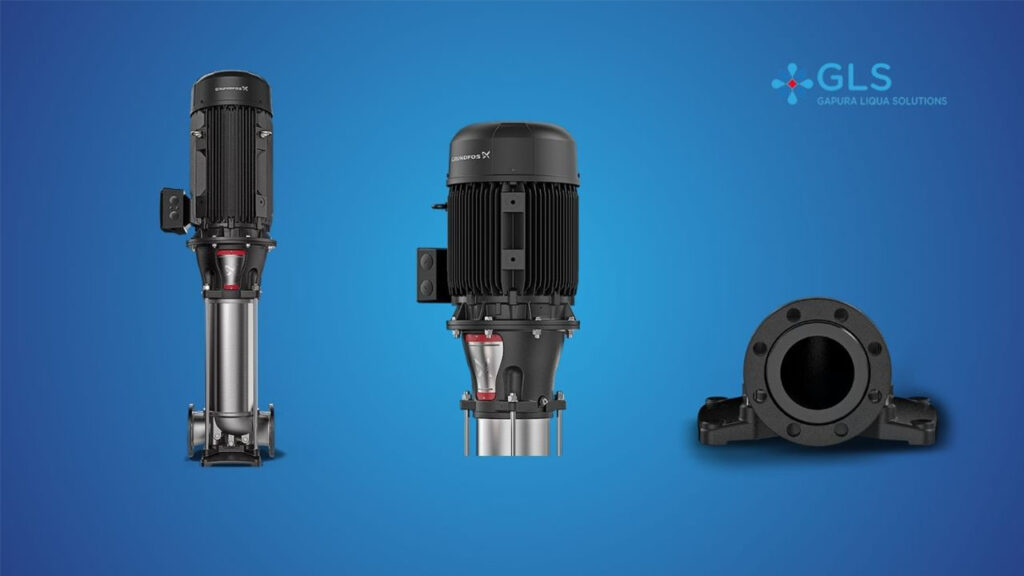
Understanding Centrifugal Radial Pump: A Comprehensive CR Pump Guide
CR pumps are essential components in various industrial and domestic applications. They play a crucial role in transporting fluids efficiently. If you’re curious to know what centrifugal radial pump are, their full form, maximum pressure, and capacity, you’ve come to the right place. In this beginner-friendly guide we’ll explained everything you need to know about Centrifugal Radial pumps.
What is CR Pump and its Full Form?
CR pump stands for “Centrifugal Radial” pump. It is a type of centrifugal pump that uses a rotating impeller to increase the fluid’s velocity and convert kinetic energy into pressure. The CR pump is designed to handle a wide range of liquids, including water, chemicals, and oils. On top of that, its flexible design allows it to adapt to a wide range of uses. In addition, its durability and efficiency make it a top choice for many industries, including water supply, irrigation, heating systems, and HVAC (Heating, Ventilation, and Air Conditioning). Furthermore, its reliability and performance have made it an industry standard in many countries.
Now, let’s uncover the full form of CRE pump. The CRE pump is an extended version of the CR pump, with “E” denoting “End-suction.” This modification allows for easy maintenance, as the pump can be disassembled without disconnecting the pump casing from the pipeline.
Exploring the Maximum Pressure of CR Pump
The maximum pressure of a CR pump depends on its specific model and design. Typically, CR pumps are designed to withstand pressures ranging from 10 to 25 bar (145 to 363 psi). Nevertheless, specific models are available that can handle even higher pressures. In fact, certain specialized models are capable of handling pressures of up to 40 bar (580 psi) or beyond. Moreover, these high-pressure models are often utilized in demanding applications where extreme performance is required.
The ability to handle high pressures makes CR pumps suitable for applications that require pumping fluids over long distances or against significant head heights. In particular, CR pumps have proven to be highly effective in water supply systems. As an illustration, they can efficiently deliver water to tall buildings or areas with varying elevations. CR pumps are incredibly versatile, making them invaluable in various industrial settings. In fact, their adaptability has made them an ideal choice for pumping a variety of liquids such as chemicals, oil, and gas. As a result, they have become an indispensable asset to many industrial facilities. Moreover, CR pumps have significantly contributed to the success of the agricultural sector by providing reliable irrigation for crops. This has helped farmers achieve higher yields and improved crop quality, ultimately contributing to a more sustainable food production system.
Unveiling the Maximum Capacity of CR Pumps
The maximum capacity of a centrifugal pump, including CR pumps, refers to the maximum flow rate it can handle. Flow rate is the volume of fluid passing through the pump per unit of time, typically measured in liters per minute (LPM) or cubic meters per hour (m³/h).
CR pumps come in various sizes and configurations, and their maximum capacities can vary accordingly thus some high-capacity industrial CR pumps can handle flow rates exceeding 2000 LPM. For standard CR pumps, the capacity can range from as low as 5 LPM to as high as 1000 LPM or more.
The Importance of Knowing Maximum Centrifugal Radial Pump Capacity
Understanding the maximum capacity of a centrifugal radial pump is crucial when selecting the right pump for a specific application. Choosing a pump with insufficient capacity may result in low flow rates and inadequate performance. On the other hand, selecting a pump with excessively high capacity could lead to energy wastage and increased costs.
Consider factors such as the required flow rate and pressure when determining the appropriate CR pump for your needs. If you are uncertain about the specifications or need expert advice, consulting PT Gapura Liqua Solutions can be beneficial as you will benefited from the competitive prices, consultation with experts and the continuous support for your cost-effective water treatment establishment.
Conclusion
In conclusion, CR pumps, short for Centrifugal Radial pumps, are versatile and widely used in various industries. The extended version, known as the CRE pump, provides additional benefits for easy maintenance. Understanding the full form, maximum pressure, and capacity of CR pumps is crucial in selecting the right pump for your specific application. Always consider the flow rate and pressure requirements to ensure optimal pump performance. With this knowledge, you can make informed decisions and efficiently meet your fluid transportation needs using CR pumps.
Follow us on Social Media
